Music 2.0 the secret game of music
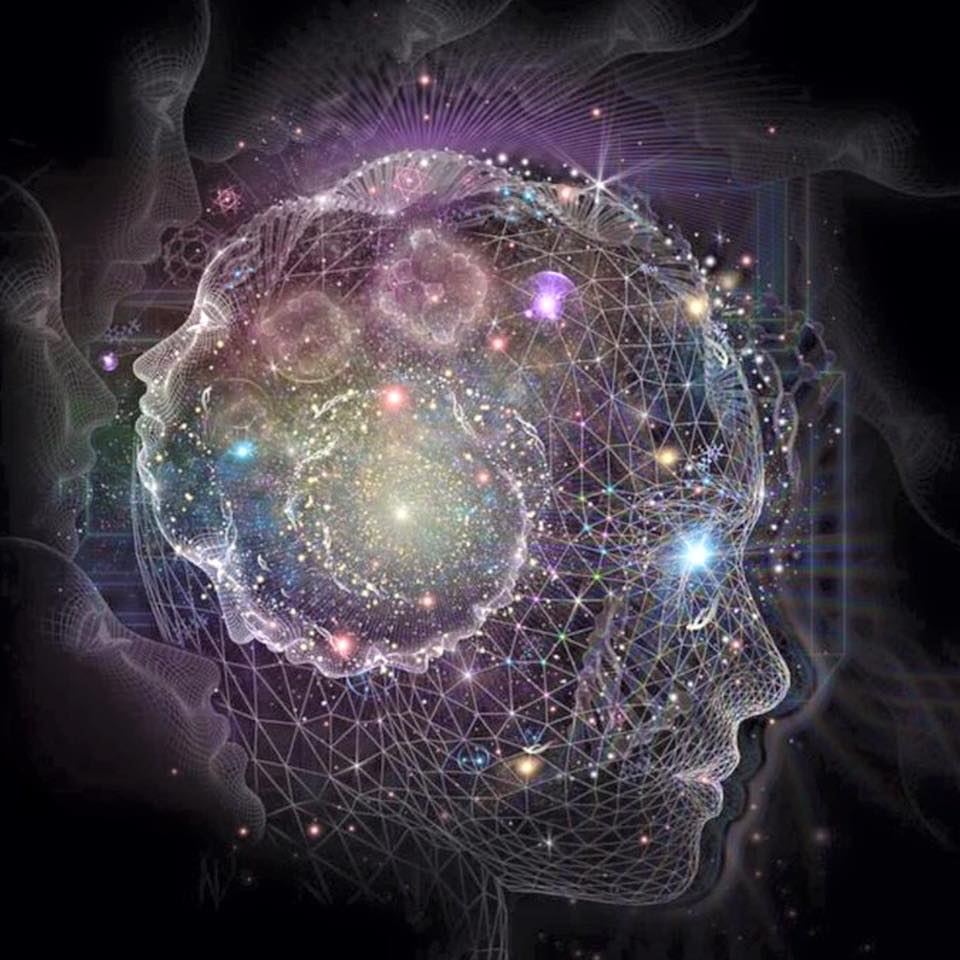

fractal rhythm theory : rhythm is harmony
All the polyrhythms that result from these musical intervals or two note chords are also palindromes, i.e. the same forwards as backwards, hence non-retrogradable. And this turns them into mirror images.
Then of course the complexity can get much deeper, as we can also slow down chords, and in every case we will find a non-retrogradable polyrhythm as the result. And the more notes that a chord has, the more complex, and long, this palindromic rhythm will be.
So when we work with these rhythms, we begin to have deeper insights into the nature of harmony. It all involves ratios, for example 2:3, 5:8, 3:7:9, 5:6:7:13. Ratios are something we find in a car transmission, for example, as a very crude example. They enable energy and power to be transmitted in a more useful form. Each number is the doorway to a magical world of living geometry. Numbers are not just dry intellectual ideas, they are ALIVE, they are harmonic, vibrational, and behind ALL manifestation. As manifestation is vibrational, these ratios are literally what brings “all this” into manifestation. And the Golden Ratio is the king of them all.
[coming soon]
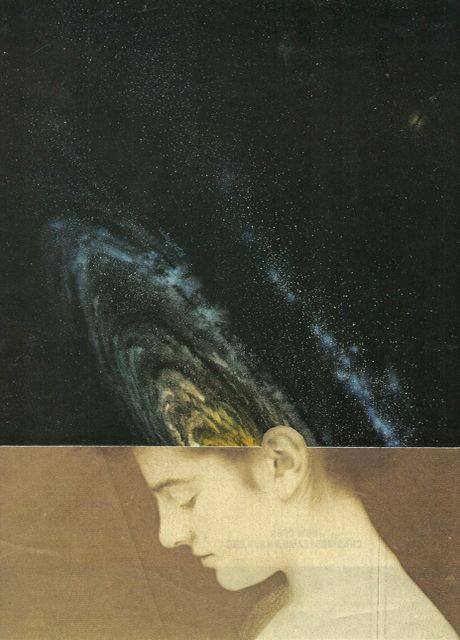

the primal music practice
What struck me immediately, is that this practice of singing mmmmmmm on a single note is the primal music practice. This is the simplest musical practice you could do, and it is something that anyone, whether musician or not, can do. And really, it is the first sound you ever made. mmmmmama. And, it doesn’t matter whether you are an accomplished musician, or a complete beginner, you will benefit from singing it. In fact, it doesn’t matter who you are at all.
Try it yourself, and notice what happens as you do it. Maybe you will feel nothing. But then again, maybe something will happen. Maybe even a miracle! Simply find a comfortable note, perhaps with a drone, and sing mmmmmm over and over for a while.
What i notice about this simple technique is that it helps to relax attention out of the neo cortex and into the "miracle" midbrain.
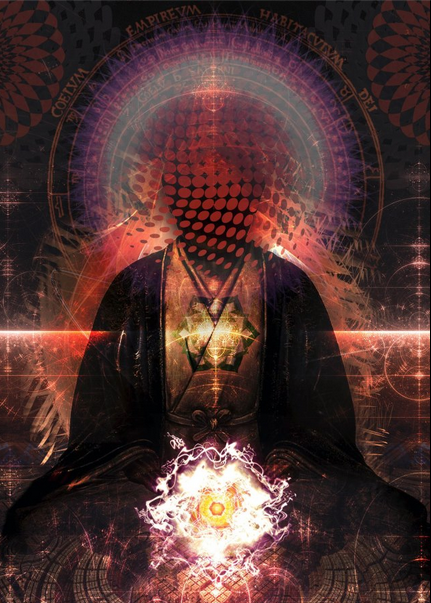
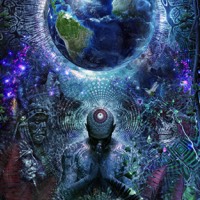
the asana of conscious creation
With the practice of music, i am going to recommend always taking this asana, or “position”, while in the learning process, even of something very technical. Just as when you practice a martial art, tai chi, or yoga, you begin with some kind of centering, in a balanced position, and proceed with the practice as meditation in movement. But let complete silence and stillness always be your starting point.
Let me try and explain why i see this as essential to developing a deeper relationship with music. We could think of it as a state of “functional contemplation”.
When one releases attention into this central channel, one drops out of duality, into the place where everything is already accomplished. In this way one can instantly begin true enjoyment of the musical process, even if it is at the very first step, which i would describe as the singing, or perhaps humming, of just one note. And then, the next step, when even silence becomes a musical experience…..
[coming soon]

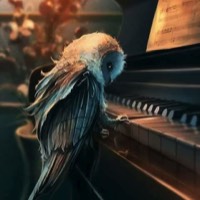
on sacred music
perhaps, also, it is time to redefine the term “sacred music”. At this point it seems that in order to find some “sacred” music, we have to look within the contexts of some religions, churches, and so forth. And very often, the words associated are Christian, or even Latin. But also all kinds of Hindu contexts are there. But if we study more about the Roman church and the Latin language, we may not want to sing these words any more.
But to assume that a church/religion is the only place one can find sacred music is too limiting, as we are now finding that most religions are as deeply corrupt as everything else. Perhaps it is time to recognize that music, just on its own, without any religious context, has at least the potential to be a sacred art.
The word “sacred” actually has a connection to the “sacral” center in the body, which is the sex center. Perhaps we need to be a little more discriminating in this area. Here’s my take on it:
The sacral, sex center, is related to the planet Pluto, and Scorpio, in astrology. Scorpio too often gets a bad rap, so it is important to remember that Scorpio is not only the serpent, but also the eagle. Now picture the look in the eyes of an eagle. This is pure seeing. So my take is that the resurrected Pluto incorporates the domain of the midbrain (traditionally known as the fight or flight "reptile" brain), as well as the sacral sex center. And when the pineal is awake and functional, the midbrain becomes the “miracle brain”. So we could perhaps redefine sacred, as having to do with the sacral circuit, which includes the sacral center as well as the resurrected miracle midbrain, complete with penetrating vision. And sacred music would be music that supports and expresses the awakening of this circuit, which is a key component in the transcendental vehicle of the bliss body, in which the sexual energies are transmuted. The entire fixed cross of astrology: Leo, Aquarius, Taurus, Scorpio, represents this vehicle, which forms as a byproduct of the transformative fire of the Hridaya heart awakening (the Leo/Aquarius polarity “resurrected”).
[coming soon]
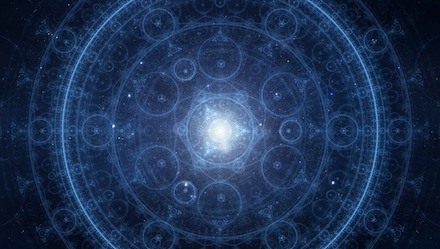
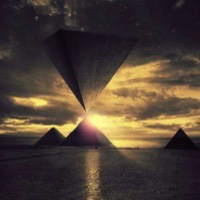
where is the music of the future?
There now seems to be this prevalence of looking back to the past, the great masters from this time period, the big stars. We have reunion tours, and homages to this master and that, and everyone making albums with cover versions of some of the more famous songs and compositions from this time period. I see a lot of musicians reminiscing about how great it was. Those were the days. We miss that time, when we had that evolutionary impulse to wake up and be real. Why didn’t we have the strength of spirit to sustain it?
But I am wondering in the midst of all that.. NOW WHAT?? If we look towards the future, and the future of music, can we see anything? Where are we going? What happens next? Is there a future for music, or for that matter, anything at all?
This is a very short period of time, compared with the entire history of music. It’s about a hundred years. And it coincides with the rise, and now the fall, of “modern civilization”. And really, it mirrors the civilization in so many ways.
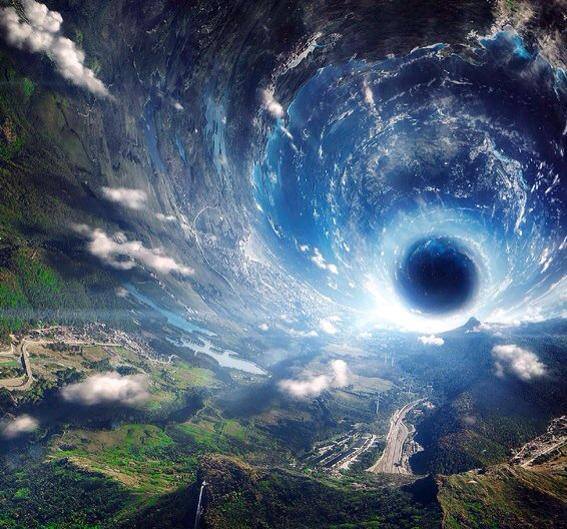
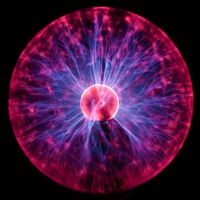
elemental electronics: plasma piano
electronic music still has many unexplored dimensions. it does not have to sound like machine noise. electricity is plasma, and creating sonic soundscapes with it can yield some magical results. in this piece i explore some transformations of a very simple piano piece, using granular synthesis technology. In the making of this piece, after inputting the original piano material, i was practically not involved at all. Just a few very minimal moves which yielded some fascinating results. I love it when the music practically plays itself and i can be out of the way almost entirely. The sound reminds me of the movement of stars, galaxies, fire, wind, all examples of plasma. Really, it is looking like the entire universe is plasma.
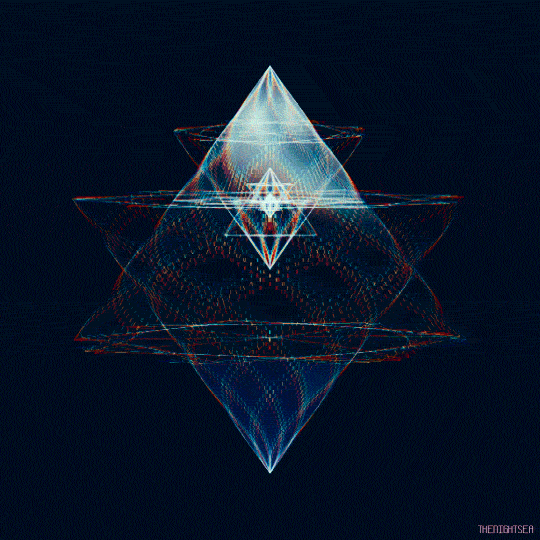

why music is magic: intervals are windows to infinity
So essentially what is happening when we are hearing intervals, (which is happening ALL THE TIME when we are hearing music, ) is that we are hearing palindromic rhythms constantly, but they are sped up so fast that our conscious mind just doesn’t notice.
Even when listening to palindromic rhythms at normal speed we don’t necessarily notice that they are palindromes, but that does not mean that they do not have an effect on us. Messaien’s contention is that they DO affect us, in a magical way.
So, perhaps this is the reason that people are fascinated by music, and also why it doesn’t seem to matter what kind of music. Nearly everyone likes some kind of music or other. Apparently, the fascination begins the moment two notes are played together, which is when music really begins. But even in one tone, the interaction of its overtones will also contain the palindromic mirror magic.


on the liberating power of music
“The highest goal of music is to connect one’s soul to their Divine Nature, not entertainment” Pythagoras (569- 475 BC)
Perhaps it is time to re-evaluate the whole concept of “entertainment”.
Genuine honest music transcends the entertainment and commercial paradigm, which is really just part of the synthetic imitation information grid that is placed here to limit consciousness.
Let’s restore music to its supreme purpose, as a liberating force. The only way to truly be free is to extricate yourself from this binding and blinding, politically correct hive-mind phenomenon. And if music is not helping liberate you, it’s not serving you.
So perhaps in that sense, music is the ultimate weapon, but only if it truly liberates us, and only if consciously used to undo the oppressive slavery system that is clamping down everywhere. It is this power that music has, the liberating power, that has been co-opted and is being used against us.
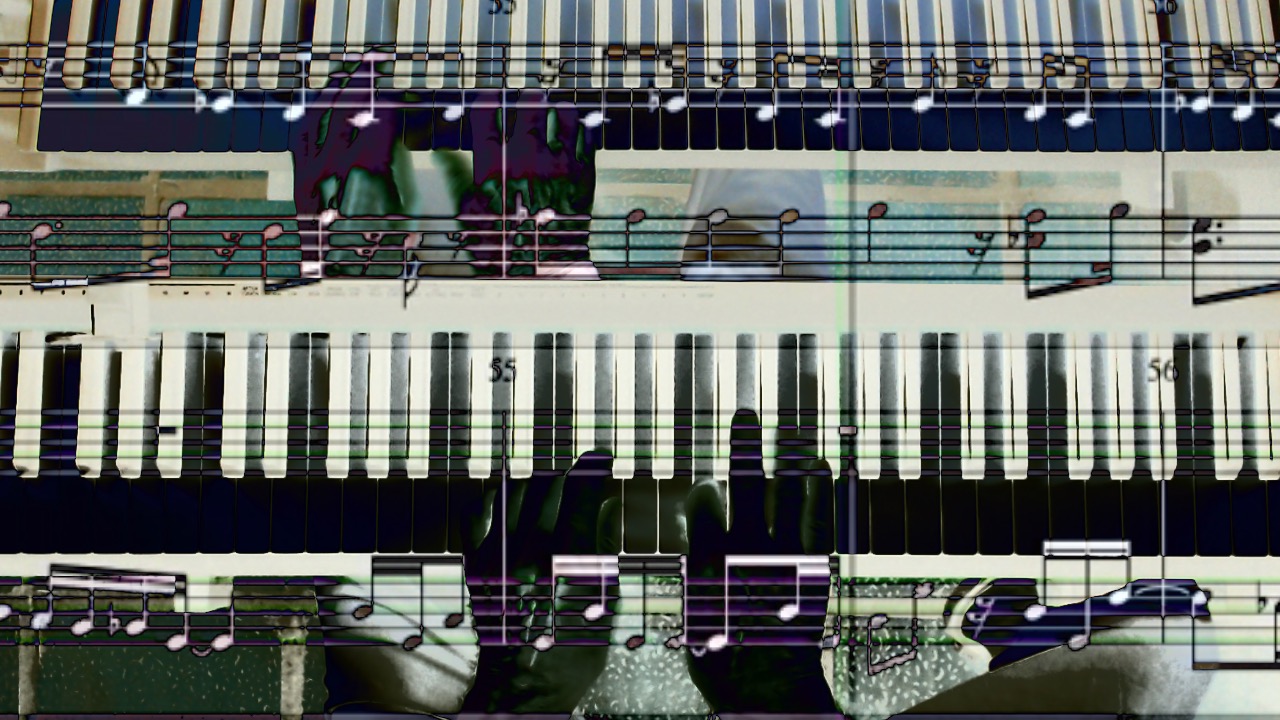

linear comping
Maestro Chick Corea once said that playing piano was like playing 88 drums with 10 sticks. Linear comping, inspired by linear drumming, is an exploration of this idea (but so far i'm only working with about 30 "drums"). In this one i have taken the performance and ported it out to some hybrid tuned percussion, as well as string bass in the low end, electric piano, with a couple other textures mixed in. Almost all of the sounds are from the geniuses at Spectrasonics, who make, hands down, the best software instruments out there.
In linear comping, the hands work complementarily, rather than independently. The continuum is always maintained as it is passed back and forth between the hands. This is conversational improvising, a dialogue between the hands. Fractal rhythm is endless spiralling, unfolding, interactive cycles that regenerate on their own. The percussive nature of some of the sounds in this example helps to dissolve the boundaries between harmony, melody, and rhythm.